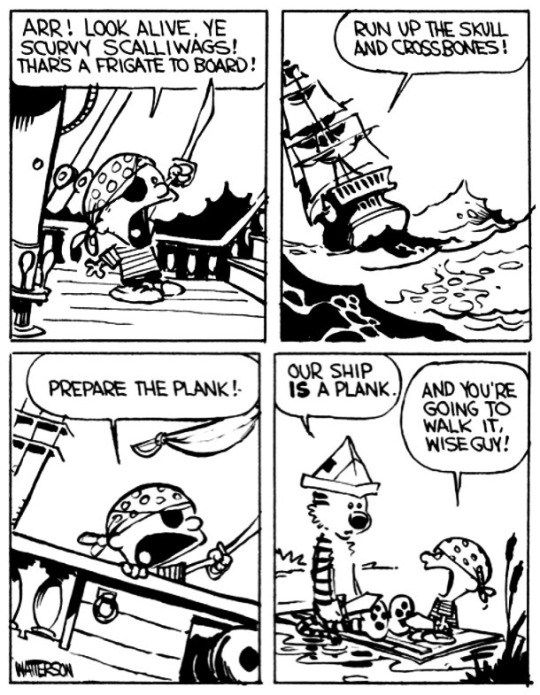#c&h
Text
this has got to be my favorite c&h comic of all time. he just turns evil for no reason at all

#196#shitpost#calvin and hobbes#c&h#shitposting#the capital corrupted him#he went evil mode#little gremlin
29K notes
·
View notes
Text

408 notes
·
View notes
Text
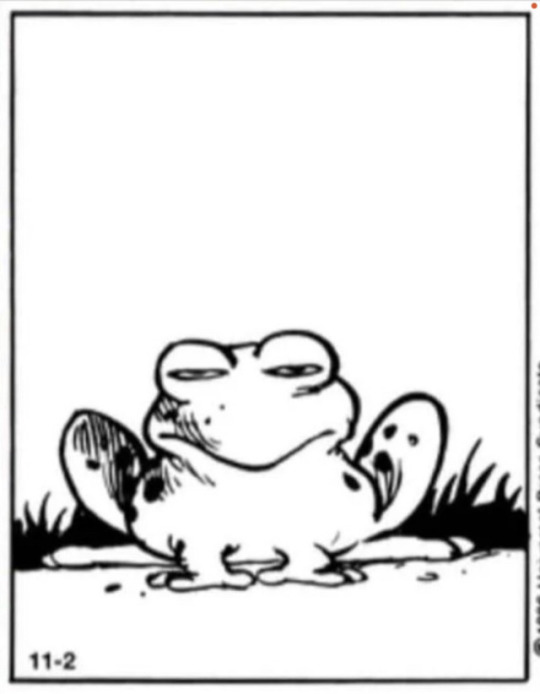
happy calvin and hobbe’s frog day this is the only day you can reblog
109 notes
·
View notes
Text
Botanic Tournament : Roses Poll !
* With the four quarter-finalists that didn't make it to the main bracket so far
Rosalyn (Calvin and Hobbes)
Rose Tico (Star Wars)
Rose (Humans-B-Gone)
Rose "Cass" of Sharon Cassidy a.k.a Whiskey Rose (Fallout)




Only one will make it !
#botanic tournament#tournament polls#roses poll#roses bracket#revival#rosalyn#rosalyn calvin and hobbes#calvin & hobbes#calvin and hobbes#c&h#c&h rosalyn#rose tico#star wars#sw fandom#sw#rose the spider#hbg#humans b gone#humans b gone rose#hbg rose#rose of sharon cassidy#fallout#fallout nv#fallout new vegas#fnv#whiskey rose#fnv cass#cass fnv
73 notes
·
View notes
Text
HORRIFYING: Local Angst Enthusiast Realizes That Their Hooting and Hollering Over Fictional Characters Going Through the Troubles Has Turned Them Into Calvin's Dad
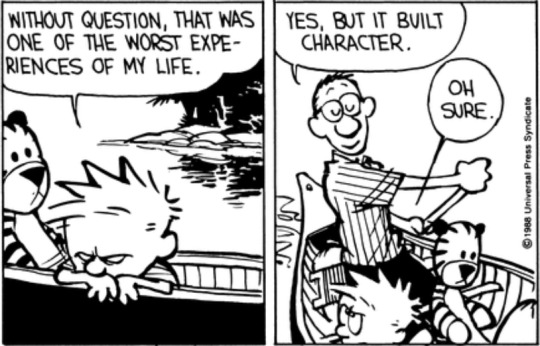
30 notes
·
View notes
Text

Super Mario Bros Wonder (2023)
36 notes
·
View notes
Text

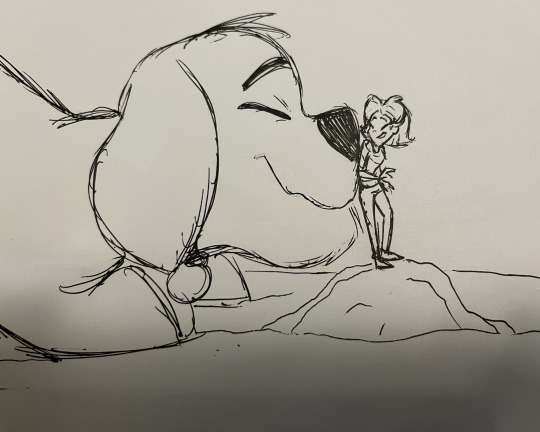

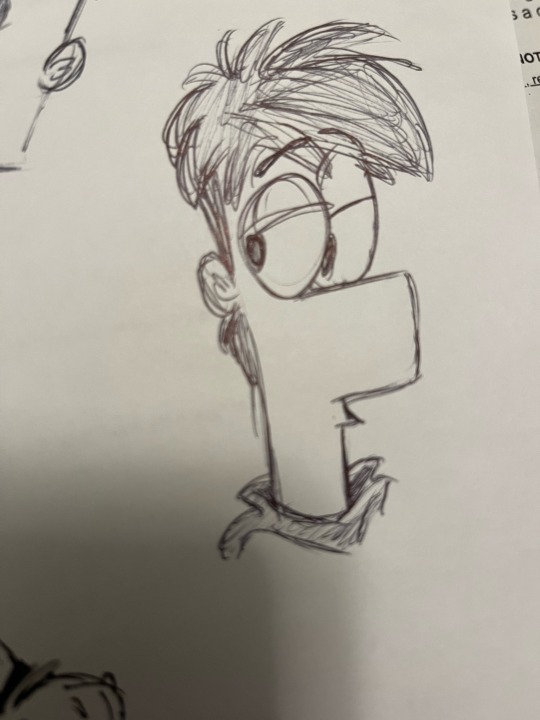
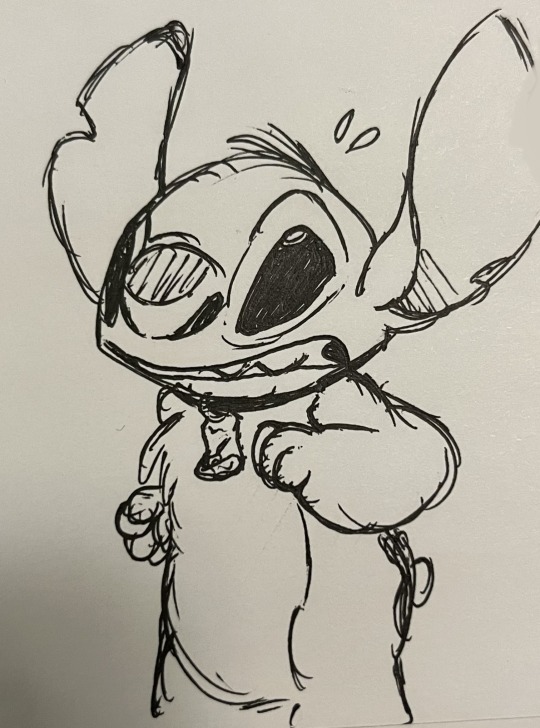

bad doodles while I work
#art#doodle#fanart#alvin and the chipmunks#aatc#disney#lilo and stitch#alvin seville#doodles#phineas and ferb#pnf#alvin#alvin & the chipmunks#ferb fletcher#calvin and hobbes#C&H#hobbes#hobbes the tiger#clifford#clifford the big red dog#emily elizabeth#emily elizabeth howard
109 notes
·
View notes
Text
Hotshot Character Design

This is the first character design of Hotshot from my WIP Cool & Hotshot. I need help deciding which design would best fit him. A little about Hotshot/Mel:
He’s levelheaded
Introvert
Logical
Pansexual
Taglist: @cljordan-imperium @hallwriteblr @rainbowsnowflake
#artblr#my art#my oc art#artists of tumblr#illustration#art#digital art#c&h#cool and hotshot#cool & hotshot#wips#concept art#character art#character concept#artists on tumblr#my ocs#oc stuff#hotshot#wip#current wip#comics
19 notes
·
View notes
Text
You gotta read my favorite Calvin and Hobbes arc

48 notes
·
View notes
Note
❔ for hobbes?
❔ - How did you figure out you kinned this character?
He was actually my very first kin type the second I entered the Fictionkin Community and learned about what being kin even was
Basically, my extreme attachment and connection with Hobbes is a big reason how I became a kintype of him!
I really hope this interests you to read my friend! Have a great day!!
#🌈 fozz's posts#🌈 fozz chit chats#answered ask#ask games#calvin and hobbes#c&h#hobbes#hobbes tiger#kin#kin community#kinmunity#fickin community#fictionkin community#fictkin community#fickin#fictkin#fictionkin#fiction kin#kin blog#kin stuff
2 notes
·
View notes
Text
Calvin hobbes is a muppet
6 notes
·
View notes
Text
Me reading Calvin and Hobbes as a kid: I like your funny words magic man
Me reading Calvin and Hobbes as an adult: HOLY BASED???
2 notes
·
View notes
Text
The Legacy of Calvin & Hobbes

As a child, it was difficult for me to get into reading. I’ll say it was stressful for me to read more than the graphic novels I could find at either my school or the library in my neighborhood. I remember for an assignment that I had to find something for a reading log and this was notably the first time I ever read Calvin and Hobbes. It was a big collection of the comic series that had memorably designed characters, memorable running gags, and a jovial energy to it all.
Long story short after that assignment, this comic struck a chord with me as opposed to others I knew from the Sunday papers. Even when I didn’t read it religiously, I could recognize it so easily. It was later in my life that I got a small collection book myself and in it I finally saw that it had a lot more to say. It was more observational in its writing, but it never felt preachy in its nature. There were nuances to the series that I know I didn’t recognize as a kid so in my spare time, I followed the series and reread it from beginning to end. Everything came to a head when I found the fate of this comic strip, and my respect for this only grew. Calvin and Hobbes was allowed to say so much but never diminished the goal of being entertaining accounts of childhood. It’s a series unlike most I’ve read before, and I want to explore how it is able to solidify its unique legacy. This legacy all starts with…
A Man and his Love for Comics
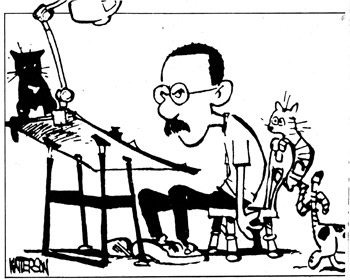
Bill Watterson generally grew up to become a professional cartoonist, citing the Peanuts, Krazy Kat, and Pogo series respectively as his key inspirations. However, he wanted his profession to lean more towards political cartoons before going into less serious matters. Jim Borgman, known for his comic strip Zits, helped him pursue getting into editorial work but the responsibilities didn’t match Watterson’s attempts of experimentation.
“I don't know to what extent the comparison played a role in my editor's not liking my work, but I was very intimidated by working on a major city paper and I didn't feel free to experiment, really, or to travel down my own path. I very early caught on that the editor had something specific in mind that he was looking for, and I tried to accommodate him in order to get published. His idea was that he was going to publish only my very best work so that I wouldn't embarrass the newspaper while I learned the ropes. As sound as that idea may be from the management standpoint, it was disastrous for me because I was only getting a couple cartoons a week printed.”
- (Watterson, Jan. 1987)
Soon after being fired from his first newspaper gig, he would soon experiment with his comics to get syndicated somehow after realizing political cartoons weren’t his forte. Getting hired to a press syndicate wasn’t easy, with the best material a cartoonist could make also had to meet marketable, or in Bill’s case imaginable, qualifications to get accepted. Eventually, he figured out that what the artist found funny could align with the audience. Bill Watterson had many great ideas, Calvin and Hobbes weren’t exactly one of them. This isn’t an insult, more that it wasn’t an idea he thought would’ve worked. This is a notable idea in the minds of other cartoonists like Charles Schulz, Berkeley Breathed, or Jim Davis. The characters you see being iconic weren’t the ones you thought could work.
“One of the strips I'd sent had Calvin and Hobbes as minor characters. Calvin was the little brother of the strip's main character, and Hobbes was like he is now, a stuffed tiger that came to life in Calvin's imagination. One of the syndicates suggested that these two characters were the strongest and why didn't I develop a strip around them? I had thought they were the funniest characters myself, but I was unsure as to whether they could hold their own strip. I was afraid that maybe the key to their wackiness was the contrast between them and the more normal characters in the rest of the strip. I wasn't sure Calvin and Hobbes would be able to maintain that intensity on their own.” - (Watterson, Jan. 1987)
The syndicate that suggested the idea to Bill rejected his work, this led to how the comic strip could live elsewhere, what Bill was aiming for and of course, the direction Bill wanted to go with his career. He immediately identified with what Calvin and Hobbes were supposed to be, making the work of putting them in good scenarios or material often easier. Understanding the characters made the insertion of more abstract and conversational ideas Bill had work just as well. The characters being…
A 6 Year Old Kid and His Stuffed Tiger

One thing I’ve come to learn is an important trick with this comic series: Calvin is the smartest person in his own room. A common story in the series revolves around Calvin waxing philosophical conversations about the universe or his everyday existence. He doesn’t go off saying big words he no doubt doesn’t understand, but is described as being more able to say what’s on his mind as fast as he can think it. Calvin doesn’t have all the answers, but the beauty comes in him looking to try. This plays into the style of Peanuts strips where the kids of that series talk about how they feel about life. It’s a trend of giving the kids a chance to say what’s on their mind. It allows kids to bear a more cynical side to them without making it feel like they might as well have been adults. On the other hand, Calvin’s thoughtfulness was explicitly contrasted with his eccentric, more troublesome personality. He’s essentially what happens if Charlie Brown had all the confidence, energy, outspokenness, and imaginative capabilities but still has none of the luck; or the Bart Simpson before his time. He gets in trouble with his parents, with his regular babysitter Rosalyn, at his school, with the local bully Moe, even his one other friend, Susie Derkins, for the fact that she’s a girl. This doesn’t make him a hateable character, far from it, but the most relatable. He’s the kid you probably found yourself being or was at his age; playful, egocentric, not undisciplined but doesn’t accept everything he doesn’t care for or understands. He enjoys being with Susie, but as children, their friendship can’t be expressed so easily. He’s not a fan of school or being told what to do, but that never meant he didn’t make the most of his childhood. And this is helped by the one other character that’s the most important: his best friend and stuffed tiger Hobbes.
Hobbes’ existence is genuinely one of the most timeless tricks in all of comics. He was an indirect teacher about childhood perception, all because of how everyone saw him. To Calvin, he was the larger than life deuteragonist, with a voice and the idea that he could be standing right beside you. To everyone else, he’s just a stuffed tiger. What made this work was that Calvin never tried to make a big deal out of making Hobbes appear real to other’s eyes, you mainly went along with everyone seeing the aftermath of their antics. He existed as both Calvin’s angel on the shoulder and his just as brash equal, all while never feeling like he was a figment of his imagination. Bill Watterson made him as real as you could imagine. In Watterson’s words,
“Most of the time, the strip is drawn simply from Calvin's perspective, and Hobbes is as real as anyone. So when Calvin is careening down the hillside, I don't feel compelled to insert reminders that Hobbes is a stuffed toy. I try to get the reader completely swept up into Calvin's world by ignoring adult perspective. Hobbes, therefore, isn't just a cute gimmick. I'm not making the strip revolve around the transformation. The viewpoint of the strip fluctuates, and this allows Hobbes to be a "real" character.” - (Watterson, Jan. 1987)

Hobbes’s existence remained consistent throughout the comics as the character was always Calvin’s best friend. Their friendship is the crux of the comic series and what made it work was the evergreen and simple process of the writing. Watterson’s writing skill lined up with his influences where, whether the character exerted mischievous or conversational antics, the punchline was never tongue-in-cheek. Again, there was a dash of realism in the dialogue that walked a tightrope to make the main duo clever but never unbelievable intellects. It gave readers that old idea of your children knowing more than let on in an idealized fashion. Calvin’s imagination existed for more than his relationship with Hobbes. The comic had full portrait page stories for alter-egos like Spaceman Spiff, Stupendous Man, upon other instances of Calvin being something or somewhere else juxtaposing his more quiet suburban childhood. Calvin was an active kid and that energy, along with his equally enjoyable partner, carried the series in ways that were simple by design.
A Boy and His Parents

Calvin’s more grounded parents can appear like extras, but in actuality they exist as the preceding facets of the boy’s personality. Their appearances make the series not just modest, but… uplifting because they exist as that external link between kids and adult readers. They were purposefully not given names, but that made their roles all the more prominent. Calvin and Hobbes was Rugrats before its time where the adults got to be just as involved in the series if not more. They're not made to be a perfect, conflict free family but Watterson worked in making them enjoyably imperfect. The comic makes it clear that their child faces consequences but they’re not negligible of him all together. Giving them a face benefitted from having the main character have to carry the series by themselves.

And you can see how they raised Calvin into the kid he is, Calvin’s mom being the more outspoken that has the energy to keep up with her son and his dad being the more imaginative storyteller that contrasted with his more socially stricter interests. Needless to say, they were Calvin’s parents, and you could tell that despite the rabble rousing the love they had was sincere. There’s a prime example that showcases not just the familial love, but the grounded vulnerability of the series overall. Calvin and Hobbes was not afraid to discuss death and mortality.

In March of ‘87, Bill Watterson started an arc of Calvin and Hobbes finding a raccoon while out in the neighborhood woods. Only two years after the series began, this was the first time where Calvin wasn’t his typical happy, fun-having self and while there were a couple punchlines here and there, this was the rare time where the series got genuinely serious. Calvin’s mom and dad were supportive to the character that felt like an actual kid put in the same situation. It was a series of strips that showed a vulnerable side to the world without getting too grim, able to have a bittersweet ending that brought the family together and the duo together. This was the arc that stuck with me the most because it showed that this comic got to be more than an average gag of the week series. It was a series that opened up to you; Bill’s vision felt it was the best compromise between fun and reality that anyone could enjoy. That’s why it always feels conflicting when you learn how it all ended.
A Comic Strip and It’s Ending

For those who don’t know, Calvin and Hobbes ended on December 31st, 1995, a little over ten years after it launched. In full color, it depicts Calvin and Hobbes reveling in the wonders of the winter outdoors of the new year before optimistically sledding down the hill. It wasn’t just the last strip made by Watterson, it was basically the last we would truly get of Calvin and Hobbes officially. Beyond the selected collection books of the series, there would be nothing in terms of licensed merchandise or adaptations. Bill fought and won several times for the complete rights to his series and since then had a strict rule against his work being sold as anything more. If you could only know one thing about Bill Watterson, it was that he put his foot down for the integrity of the craft.
“Some very good strips have been cheapened by licensing. Licensed products, of course, are incapable of capturing the subtleties of the original strip, and the merchandise can alter the public perception of the strip, especially when the merchandise is aimed at a younger audience than the strip is. The deeper concerns of some strips are ignored or condensed to fit the simple gag requirements of mugs and T-shirts. In addition, no one cartoonist has the time to write and draw a daily strip and do all the work of a licensing program. Inevitably, extra assistants and business people are required, and having so many cooks in the kitchen usually encourages a blandness to suit all tastes. Strips that once had integrity and heart become simply cute as the business moguls cash in.[...] I don't buy the argument that licensing can go at full throttle without affecting the strip. Licensing has become a monster. Cartoonists have not been very good at recognizing it, and the syndicates don't care.” - (Watterson, Oct. 1989)
There’s been a debate over whether he was right or whether he was too strict in his stance. One could see where he’s coming from with the excessive commodification some comics like Peanuts and Garfield grew to have. Does the licensing diminish what made reading the original strips special and can that affect its future? He makes it clear that restricting all rights of Calvin and Hobbes to his estate was not an easy choice, but is it wrong to consider something official in either an animated film or a toy. In truth, it’s hard to know because not every artist is or could be like Watterson. Personally, I could see the benefit of his stance because I say it helped me respect this comic a lot more than most.
A Series and It’s Closure

It would be one thing for Calvin and Hobbes to have gone on as long it could, whether or not Bill was alive. A fully animated movie akin to Blue Sky Studios’s The Peanuts Movie would’ve meant the world to me either as a kid or adult. I could think of the joy people probably would’ve had owning their own Hobbes plush. Then again, Bill was right in that I appreciate the art far more than I would have on wishful thinking. I’m glad it got to have an ending at all, and that it got to stay finished on the creator’s terms. If there was anything I learned from this upon long-lasting properties like The Simpsons is that it can be better to go out young than to witness them wither away into shells of their former glory. I wasn’t alive when this series was around, and it astounds me how this series amounted to but a small fraction of those that live to this day, but Bill made sure that it could exist however possible. Even in the age of the internet, on top of fan projects made by the dedicated, the comic alone got to persist in the eyes of readers regardless of generation.
For me, Calvin and Hobbes is a series that got to exist as perfectly as its creators. It isn’t the only series I love but it’s a series I idolized for how much it did, all without making some grand plan. As methodical as it can all appear, it felt perfect in what it set out to do. Make people laugh, tear up, and think about what they’re reading. All that mattered to this series was being a kid. All that mattered was having an imagination, a friend to console even if it’s just a stuffed animal. It’s something to consider that this got to stand out, even to this day, as a jovial comic that had elements of growing up but didn’t force the readers to grow up through its messages.
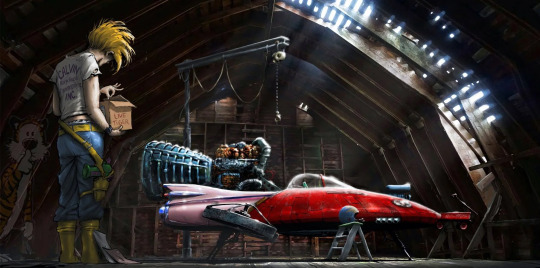
Somedays I wish I could go back to being that kid I was, do things over if not make better choices. Sadly I can’t, but I can remember what it was like. Not just making friends, but being able to create friends to have adventures without a care in the world. Calvin and Hobbes provided that reflection in a way that makes me proud that I got to grow up but also cherish why a childhood can matter.
SOURCES
An Interview With Bill Watterson, Andrew Christie, January 1987
Speech: The Cheapening of the Comics, October 27, 1989
#calvin and hobbes#calvin & hobbes#C&H#comics#comic strip#analysis#retrospective#long post#long reads#Good Stuff#Happy Birthday Bill
30 notes
·
View notes
Text
Botanic Tournament : Susans Bracket !
Round 2 Poll 2


#botanic tournament#tournament polls#susans bracket#round 2#susie derkins#calvin and hobbes#calvin & hobbes#c&h#susan sto helit#susan death#discworld tag#discworld#terry pratchett
68 notes
·
View notes
Text
last post got me thinking abt calvin and hobbes again and now im cackling bc im remembering that time i went to the bookstore when i was like 15-16 and saw this unlicensed calvin and hobbes fanfiction on the shelf


#vanilla talks#c&h#theres so much to unpack here im gonna fucking cry trying so hard not to burst out laughing on the bus rn#ask to tag
3 notes
·
View notes
